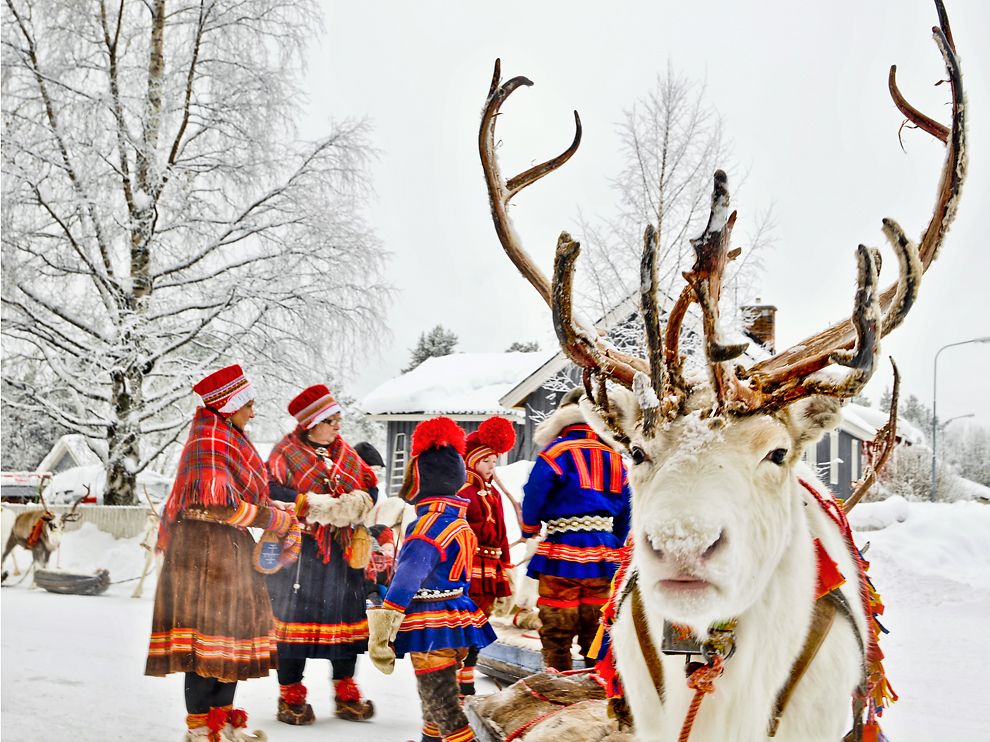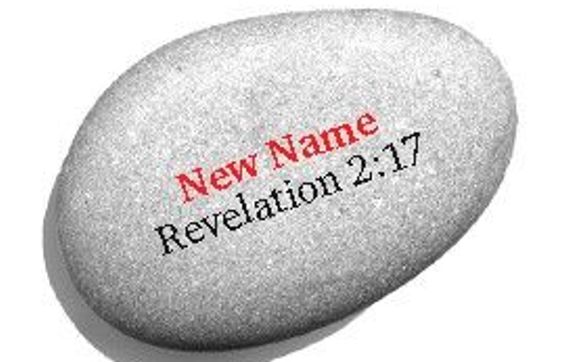The History of Adam and Eve is indeed still here on earth and has always been here. Their origin begins in a simple location of Lapland, Finland. Going online how is the history of the Sami people described:
Where do the Sami originate from?
Sami are the indigenous people of the northernmost parts of Sweden, Finland, Norway, and the Kola Peninsula of Russia. The Sami speak a language belonging to the Finno-Ugric branch of the Uralic language family with Finns, Karelians, and Estonians as their closest linguistic neighbors.
Are the Sami Vikings?
One important connection within Viking society were the Arctic Sami (also called Finnar and formerly known as Laplanders, sometimes spelled Saami). Archaeological finds reveal that the Sami livelihood was part of the Viking culture, and the Sami were also semi-nomadic hunters.
What is the history of Sami?
The Sami are the descendants of nomadic peoples who had inhabited northern Scandinavia for thousands of years. When the Finns entered Finland, beginning about ad 100, Sami settlements were probably dispersed over the whole of that country; today they are confined to its northern extremity.
How far back do the Sami people go?
According to the comparative linguist Ante Aikio, the Sami proto-language developed in South Finland or in Karelia around 2000–2500 years ago, spreading then to northern Fennoscandia.
How are Sami different from Norwegians?
The Sami languages are very different from Norwegian
The Sami people speak a language that is a member of the Uralic linguistic group along with languages such as Finnish, Estonian and Hungarian. Norwegian and other Indo-European languages are not related to the Sami's tongue.
Are Finns and Sami related?
An abundance of genes has journeyed all the way from Siberia to Finland, a recent study indicates. As late as during the Iron Age, people with a genome similar to that of the Sámi people lived much further south in Finland compared to today.
Are Sami and Inuit related?
Inuit are culturally and biologically distinguishable from neighbouring Indigenous groups including Native Americans and the Sami of northern Europe. Studies comparing Eskimo-Aleut languages to other North American Indigenous languages indicate that the former arose separately from the latter.










